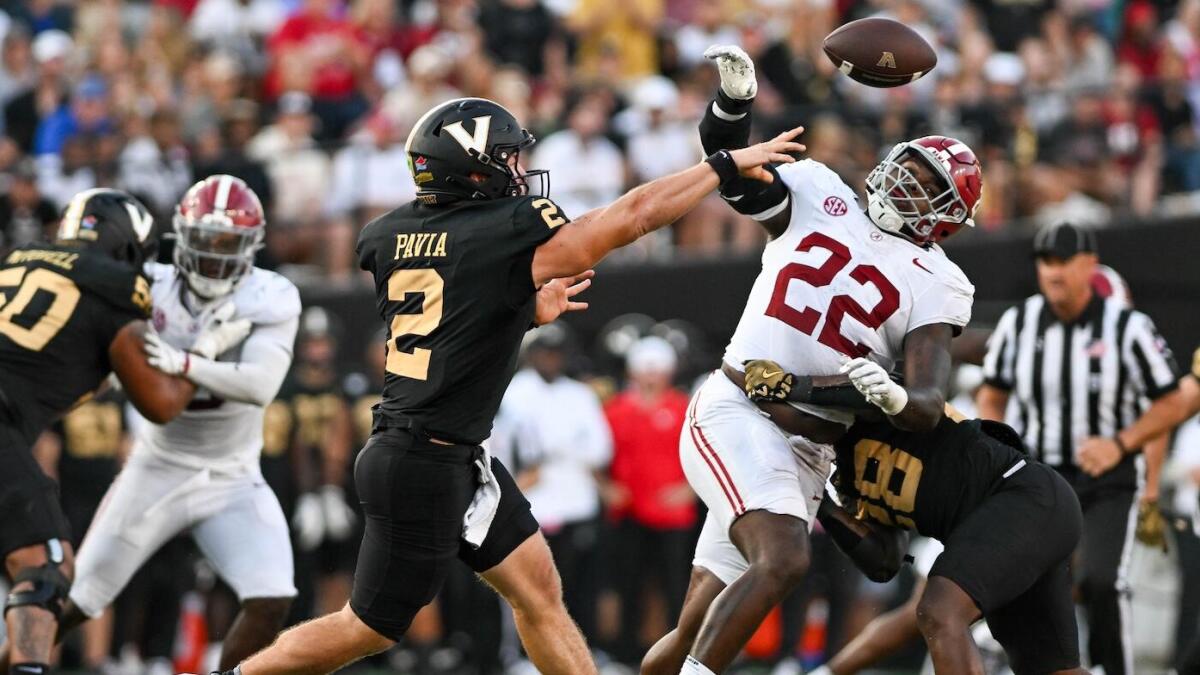- Colorado has been one of the most generous states with EV incentives.
- With the federal tax credit gone, the state is now offering up to $9,000 off of an EV for low-income buyers with the trade-in of an existing vehicle.
- If you don’t qualify for the vehicle exchange program, you can still take advantage of the state’s $3,500 EV incentive.
California has long led the U.S. in electric vehicle adoption. But if you’ve been following the EV market for long, you know that it’s no longer the best place to get EV deals. While the state has phased out most state-level incentives, other states have stepped up to kickstart their local markets. Colorado has led the pack, with incentives that have driven crazy deals like $9-a-month leases. And while the federal tax credit went away this past Tuesday, Colorado isn’t going to let the party end just yet.
The state announced on Thursday that it will bump its own vehicle exchange program incentive from $6,000 to $9,000 on November 3. The state’s used vehicle credit is going up, too, from $4,000 to $6,000. Since the tax credit from the federal government only offered $7,500 for new cars (with onerous eligibility requirements for the car itself) and $4,000 for used vehicles, qualifying Colorado residents will be getting more cash back than most of us did during the height of the federal program.
Those who do not qualify for the $9,000 incentive can still take advantage of Colorado’s $3,500 EV tax credit. That credit is unchanged and can be applied to a new EV lease or purchase.
It’s not all good news, though. This program has stricter income limits than the federal program, and requires you to trade in an old, high-polluting vehicle. Applicants cannot make more than 80% of the median income in their county. To find out what that number is for you, the state built this handy table.
It’s also worth noting that, while the state incentive is bigger than ever, the deals probably won’t be better than ever. In the past, Colorado stacked its state-level incentive on top of the federal incentive, which could lead to over $10,000 of savings. Its new credits will stand alone when they roll out on November 3.
But it’s a sign that the loss of federal support is not the end of the road for the EV industry. People want cleaner cars that are cheaper to own, and manufacturers and states are willing to help spur that transition as we wait for supply chain costs to come down.
Remember, today’s affordable, desirable internal-combustion are the result of 120 years of continuous improvement. Meanwhile, most manufacturers have less than 10 years of experience building high-volume EVs. It takes time to drive down prices, and these incentives are supposed to get us through that period. They no longer apply to everyone, but it’s nice to see some states still pushing to make EVs more affordable for working Americans.
Contact the author: Mack.Hogan@insideevs.com
Source link

